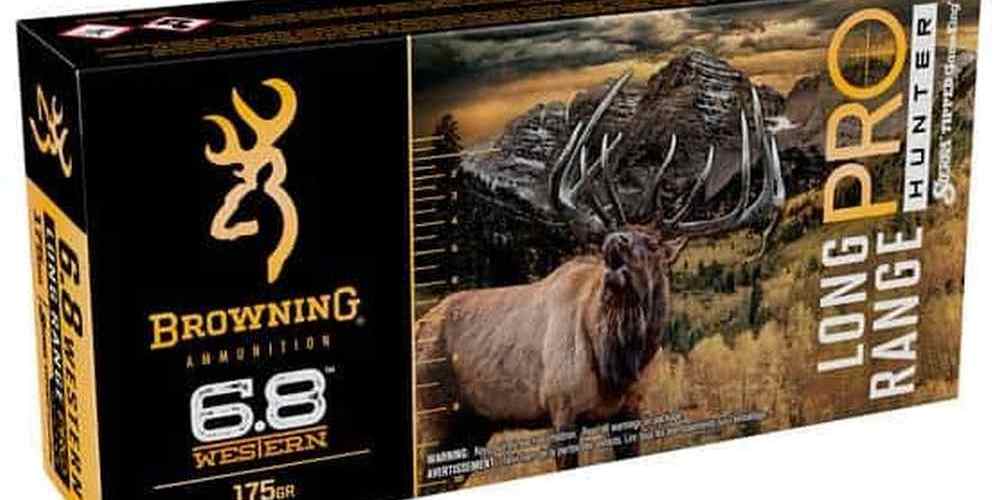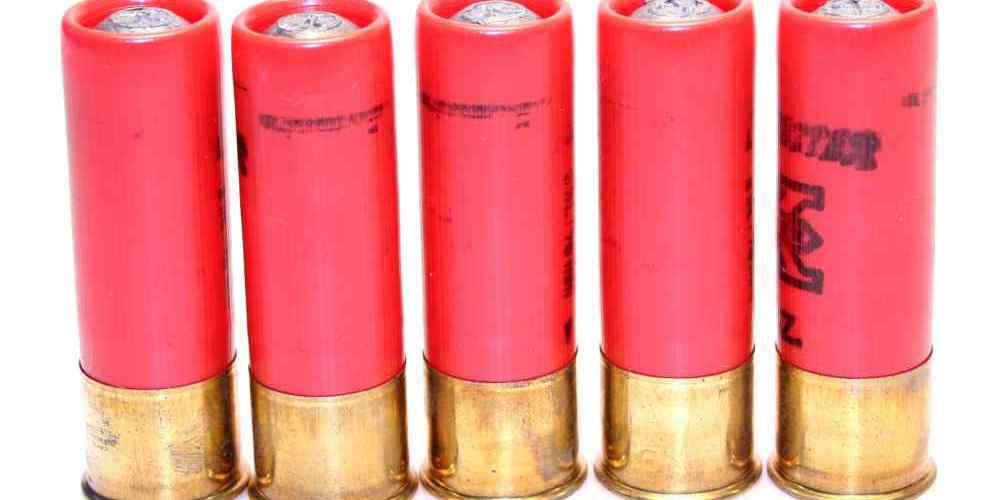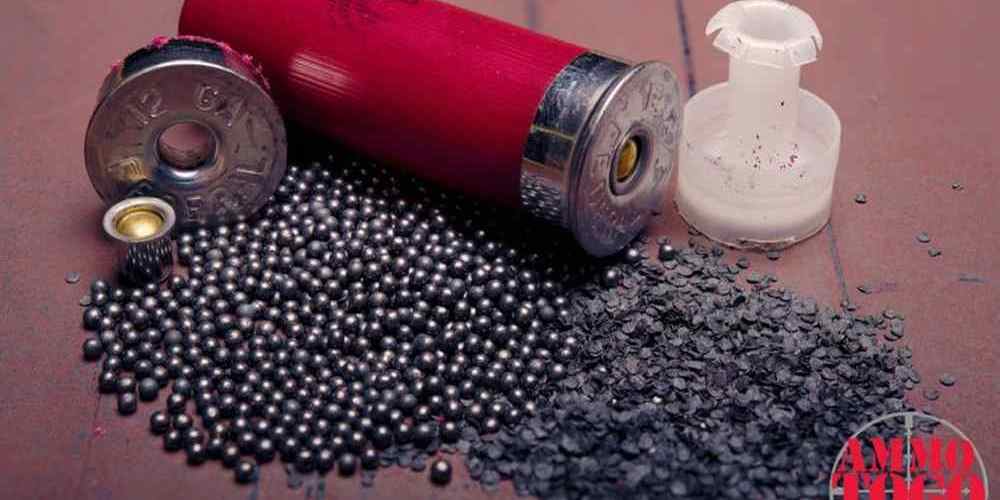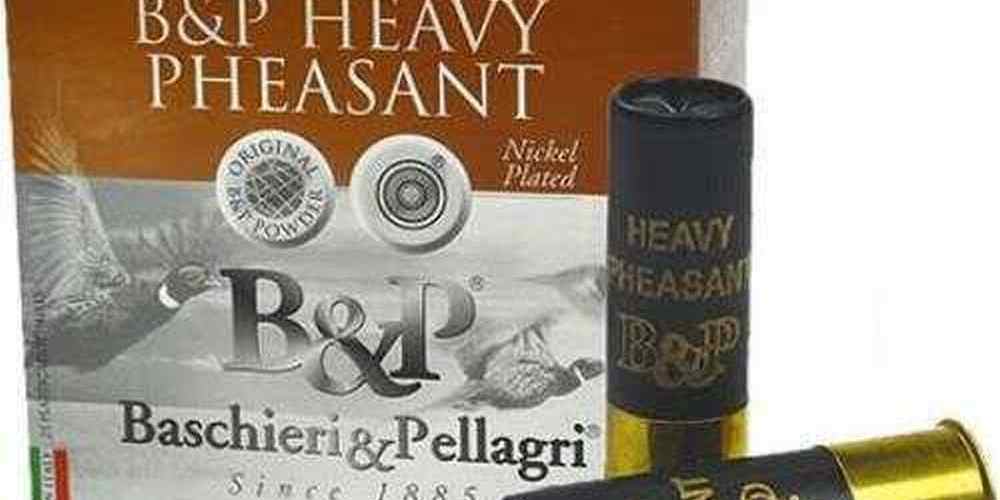“Maximize your shot with the right load for pheasant hunting.”
Selecting the Right Shotgun for Pheasant Hunting
Pheasant hunting is a popular outdoor activity that requires skill, patience, and the right equipment. One of the most important aspects of pheasant hunting is choosing the right shotgun load. The shotgun load you choose can greatly impact your success in the field, so it’s important to select the most effective load for the job.
When it comes to pheasant hunting, there are a few key factors to consider when choosing a shotgun load. The first factor to consider is the size of the shot. Pheasants are relatively large birds, so you’ll want to use a shot size that is large enough to effectively take down a pheasant. Most hunters recommend using a shot size of 4, 5, or 6 for pheasant hunting.
Another important factor to consider when choosing a shotgun load for pheasant hunting is the weight of the shot. Heavier shot loads are generally more effective at taking down pheasants, as they have more energy and are more likely to penetrate the bird’s feathers and skin. However, heavier shot loads can also be more difficult to handle, so it’s important to find a balance between shot weight and ease of use.
In addition to shot size and weight, the type of shot you choose can also impact your success in the field. Lead shot is the most common type of shot used for pheasant hunting, as it is effective at taking down birds and is relatively affordable. However, some states have banned the use of lead shot due to its toxic effects on the environment. In these states, hunters must use alternative shot types such as steel or bismuth.
When selecting a shotgun load for pheasant hunting, it’s important to consider the range at which you’ll be shooting. Pheasants are fast-moving birds that can quickly fly out of range, so it’s important to choose a shotgun load that is effective at longer distances. Many hunters recommend using a load with a high velocity and a tight choke for pheasant hunting, as this combination can help increase your chances of hitting the bird at longer ranges.
It’s also important to consider the gauge of your shotgun when choosing a load for pheasant hunting. Most hunters recommend using a 12-gauge shotgun for pheasant hunting, as it has enough power to effectively take down a pheasant while still being manageable to handle. However, some hunters prefer using a 20-gauge shotgun for pheasant hunting, as it is lighter and easier to carry in the field.
In conclusion, choosing the right shotgun load is essential for success in pheasant hunting. By considering factors such as shot size, weight, type, range, and gauge, you can select a shotgun load that is effective at taking down pheasants while still being manageable to handle. With the right shotgun load, you’ll be well-equipped to enjoy a successful and rewarding pheasant hunting experience.
Tips for Improving Your Pheasant Hunting Skills
Pheasant hunting is a popular pastime for many outdoor enthusiasts. Whether you are a seasoned hunter or just starting out, choosing the right shotgun load can make a big difference in your success. There are several factors to consider when selecting the most effective load for pheasant hunting.

One of the most important factors to consider when choosing a shotgun load for pheasant hunting is the size of the shot. Pheasants are relatively large birds, so you will want to use a larger shot size to ensure a clean and ethical kill. The most common shot sizes for pheasant hunting are #4, #5, and #6. #4 shot is the largest and is best suited for longer shots or hunting in thick cover where penetration is important. #5 shot is a good all-around choice for pheasant hunting, offering a good balance of range and penetration. #6 shot is smaller and works well for close-range shots or hunting in open fields.
Another important factor to consider when choosing a shotgun load for pheasant hunting is the type of shot. Lead shot has long been the traditional choice for pheasant hunting, but many states have banned its use due to environmental concerns. In these states, hunters must use non-toxic shot such as steel, bismuth, or tungsten. Non-toxic shot is typically more expensive than lead shot, but it is required in order to comply with state regulations.
When selecting a shotgun load for pheasant hunting, it is also important to consider the choke of your shotgun. A choke is a constriction at the end of the barrel that affects the spread of the shot. For pheasant hunting, a modified or improved cylinder choke is typically recommended. These chokes provide a good balance between shot spread and range, making them well-suited for pheasant hunting.
In addition to shot size, type, and choke, it is important to consider the weight of the shotgun load. Heavier loads typically have more recoil, which can affect your accuracy and follow-up shots. Lighter loads may have less recoil, but they may not provide enough power to cleanly take down a pheasant. It is important to find a balance between power and recoil that works for you.
When selecting a shotgun load for pheasant hunting, it is also important to consider the range at which you will be shooting. Pheasants are fast-flying birds, so you will often be taking shots at longer distances. It is important to choose a load that provides enough power to effectively take down a pheasant at these longer ranges. Experimenting with different loads and chokes can help you find the combination that works best for your hunting style and the conditions you are hunting in.
In conclusion, choosing the right shotgun load is essential for successful pheasant hunting. Consider factors such as shot size, type, choke, weight, and range when selecting a load for your next hunting trip. Experiment with different loads to find the combination that works best for you. With the right shotgun load, you can improve your pheasant hunting skills and increase your chances of a successful hunt. Happy hunting!
Understanding Pheasant Behavior and Habits
Pheasant hunting is a popular pastime for many outdoor enthusiasts. These colorful birds are known for their elusive nature and quick flight, making them a challenging target for hunters. One of the key factors in a successful pheasant hunt is choosing the right shotgun load. Understanding pheasant behavior and habits can help hunters make an informed decision when selecting ammunition.
Pheasants are ground-dwelling birds that prefer open grasslands and agricultural fields. They are known for their explosive takeoff when flushed, making them a challenging target for hunters. Pheasants have thick feathers that provide some protection against shotgun pellets, so choosing the right load is essential for a clean kill.
When selecting a shotgun load for pheasant hunting, hunters should consider the size of the shot, the weight of the load, and the velocity of the pellets. Shot size is measured in numbers, with smaller numbers indicating larger pellets. For pheasant hunting, a shot size of 4, 5, or 6 is recommended. These sizes provide enough stopping power to bring down a pheasant without causing excessive damage to the meat.
The weight of the load refers to the amount of shot in the shell. Heavier loads contain more pellets and provide greater stopping power, but they also produce more recoil. Lighter loads are easier to handle but may not have enough power to bring down a pheasant at longer distances. A load of 1 1/8 to 1 1/4 ounces is ideal for pheasant hunting, striking a balance between power and recoil.
Velocity is another important factor to consider when choosing a shotgun load for pheasant hunting. Higher velocity loads travel faster and have more energy, making them more effective at longer ranges. However, high-velocity loads can also cause more damage to the meat and may be harder to control. A velocity of around 1,200 to 1,400 feet per second is recommended for pheasant hunting, providing enough power to bring down a bird without excessive damage.
In addition to shot size, weight, and velocity, hunters should also consider the choke of their shotgun when selecting ammunition. A tighter choke will produce a denser pattern of pellets, making it easier to hit a fast-moving target like a pheasant. Improved cylinder or modified chokes are recommended for pheasant hunting, providing a good balance between pattern density and spread.
When hunting pheasants, it’s important to be ethical and humane in your approach. Choosing the right shotgun load can help ensure a clean kill and minimize suffering for the bird. By understanding pheasant behavior and habits, hunters can make informed decisions when selecting ammunition and increase their chances of a successful hunt.
In conclusion, pheasant hunting is a challenging and rewarding sport that requires careful consideration of ammunition choices. By understanding pheasant behavior and habits, hunters can select the most effective shotgun load for a clean and humane kill. Shot size, weight, velocity, and choke are all important factors to consider when choosing ammunition for pheasant hunting. With the right equipment and knowledge, hunters can enjoy a successful and ethical pheasant hunt.
Best Practices for Pheasant Hunting in Different Terrains
Pheasant hunting is a popular outdoor activity that requires skill, patience, and the right equipment. One of the most important factors to consider when hunting pheasants is choosing the right shotgun load. The shotgun load you choose can greatly impact your success in the field, so it’s important to understand the different options available and how they perform in various hunting scenarios.
When it comes to pheasant hunting, there are a few key factors to consider when selecting a shotgun load. The first factor to consider is the size of the shot. Pheasants are relatively large birds, so you’ll want to use a shot size that is large enough to effectively take down your target. Most hunters recommend using shot sizes between 4 and 6 for pheasant hunting, as these sizes provide a good balance of power and pellet count.
Another important factor to consider when choosing a shotgun load for pheasant hunting is the type of shot. There are two main types of shot available: lead shot and steel shot. Lead shot has been the traditional choice for many hunters, as it is dense and delivers good stopping power. However, lead shot has been banned in many areas due to environmental concerns, so steel shot is becoming increasingly popular. Steel shot is lighter than lead shot, but it can still be effective when used in the right circumstances.
In addition to shot size and type, you’ll also want to consider the shot weight when selecting a shotgun load for pheasant hunting. Shot weight refers to the amount of shot in a shell, and it can greatly impact the performance of your shotgun. Heavier shot loads typically have more pellets and deliver more energy to the target, making them a good choice for longer shots or hunting in dense cover. Lighter shot loads, on the other hand, are easier to handle and can be more effective at closer ranges.
When hunting pheasants in different terrains, it’s important to choose a shotgun load that is well-suited to the specific conditions you’ll be facing. For example, if you’ll be hunting in open fields or prairies, you may want to use a heavier shot load to ensure that you have enough power to take down birds at longer distances. On the other hand, if you’ll be hunting in thick brush or wooded areas, a lighter shot load may be more appropriate to help you maneuver through the dense cover.
Transitional phrases like “in addition to,” “on the other hand,” and “for example” can help guide the reader through the article and connect ideas smoothly. By considering factors like shot size, type, and weight, as well as the specific terrain you’ll be hunting in, you can choose an effective shotgun load for pheasant hunting that will help you achieve success in the field. Happy hunting!
Review of the Top Pheasant Hunting Destinations
Pheasant hunting is a popular pastime for many outdoor enthusiasts, offering a thrilling challenge and the opportunity to enjoy the beauty of nature. One key aspect of a successful pheasant hunt is choosing the right shotgun load. The effectiveness of your shotgun load can greatly impact your success in bringing down these elusive birds.
When it comes to selecting a shotgun load for pheasant hunting, there are a few factors to consider. The first consideration is the size of the shot. Pheasants are relatively large birds, so you’ll want to use a shot size that is large enough to effectively take them down. Most hunters recommend using shot sizes between 4 and 6 for pheasant hunting.
Another important factor to consider is the weight of the shot. Heavier shot loads have more stopping power and are better able to penetrate the thick feathers of a pheasant. However, heavier shot loads also have more recoil, which can be a consideration for some hunters. It’s important to find a balance between shot weight and recoil that works for you.
In addition to shot size and weight, the type of shot you choose can also impact your success in pheasant hunting. Lead shot has traditionally been the go-to choice for many hunters, as it is effective at bringing down pheasants. However, lead shot has been banned in many areas due to environmental concerns. In these areas, hunters must use alternative shot types such as steel or bismuth.
Steel shot is a popular alternative to lead, as it is non-toxic and environmentally friendly. However, steel shot is also harder than lead, which can result in less effective penetration. Bismuth shot is another alternative that is gaining popularity among pheasant hunters. Bismuth is denser than steel, making it more effective at bringing down birds. However, bismuth shot can be more expensive than other types of shot.
Ultimately, the best shotgun load for pheasant hunting will depend on your personal preferences and shooting style. Some hunters prefer the stopping power of heavier shot loads, while others may prioritize reduced recoil. It’s important to experiment with different shot sizes, weights, and types to find what works best for you.
When selecting a shotgun load for pheasant hunting, it’s also important to consider the range at which you will be shooting. Pheasants are fast-moving birds that can quickly fly out of range. Choosing a shotgun load that is effective at longer ranges can help increase your chances of success. Many hunters recommend using a modified or improved cylinder choke for pheasant hunting, as these chokes provide a good balance between shot spread and range.
In conclusion, choosing the right shotgun load is essential for a successful pheasant hunt. Consider factors such as shot size, weight, and type, as well as your shooting style and range. Experiment with different loads to find what works best for you. With the right shotgun load, you’ll be well-equipped to take on the challenge of pheasant hunting and enjoy a rewarding outdoor experience.







